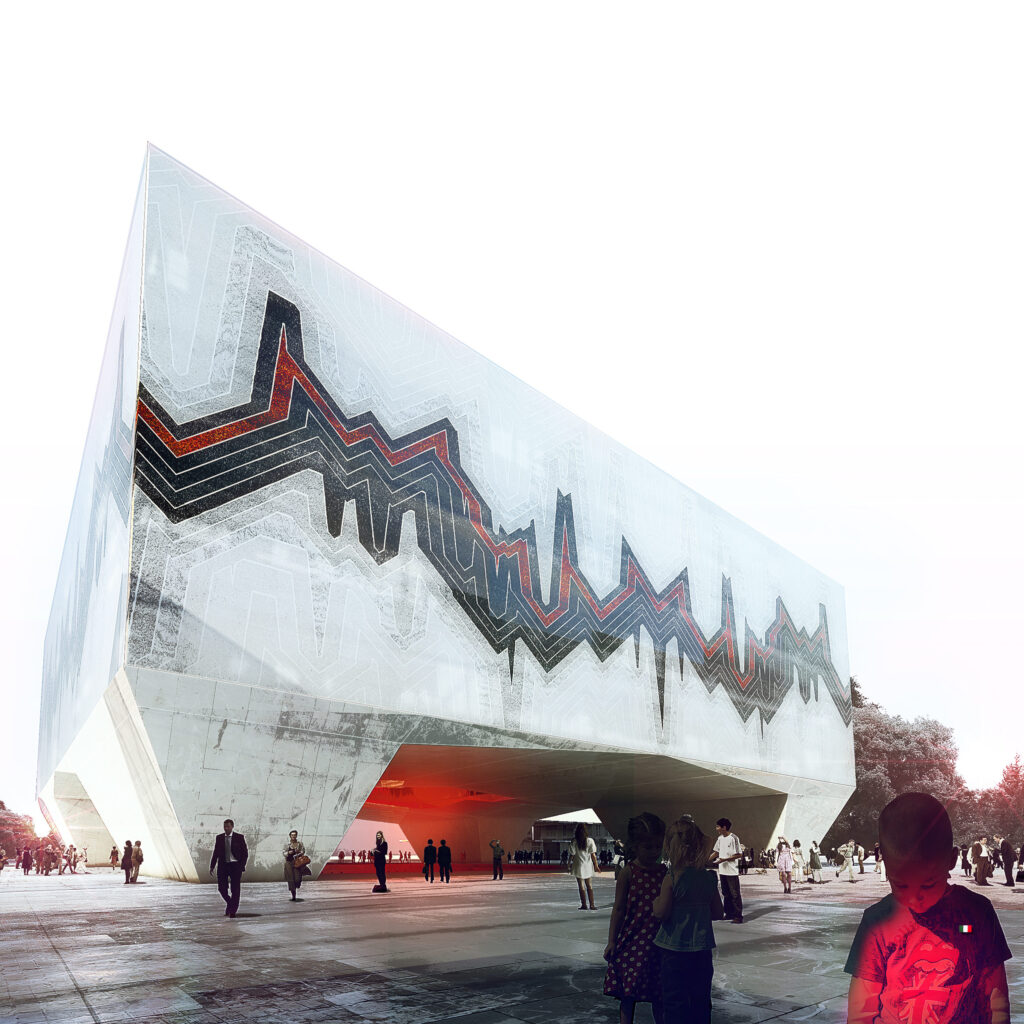Parole d’expert : Philippe Llerena
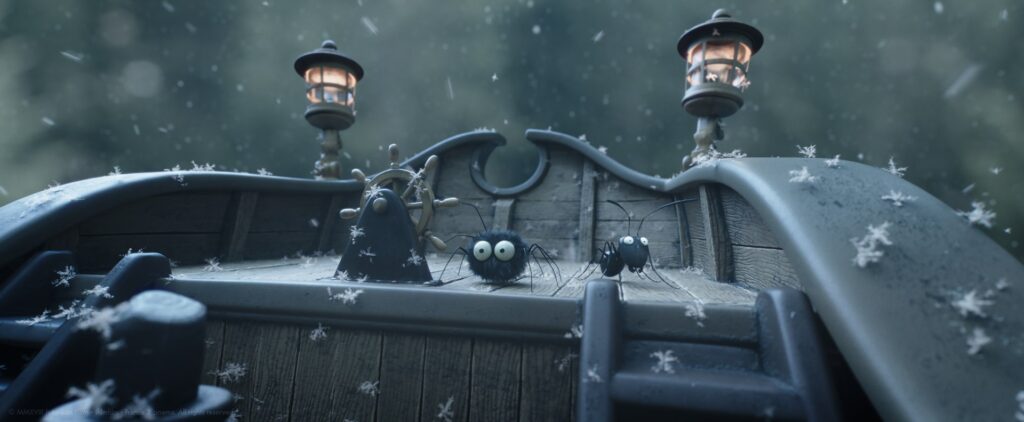

TD lighting et compositing
Diplômé en sciences, Philippe Llerena a choisi de mettre ses compétences en physique quantique et mathématique au service de la 3D, en démarrant en tant que Compositing Artist freelance pour de grands studios (MPC, Unit Image, Mikros, Partizan…). Il a ensuite mis son expertise en rendu, compositing et lighting au service de The Yard, On Animation ou encore l’école Isart Digital, mais aussi chez Khepris France en tant que manager. Il est aujourd’hui Spécialiste Guerilla chez Mercenaries Engineering et développeur chez Superprod.
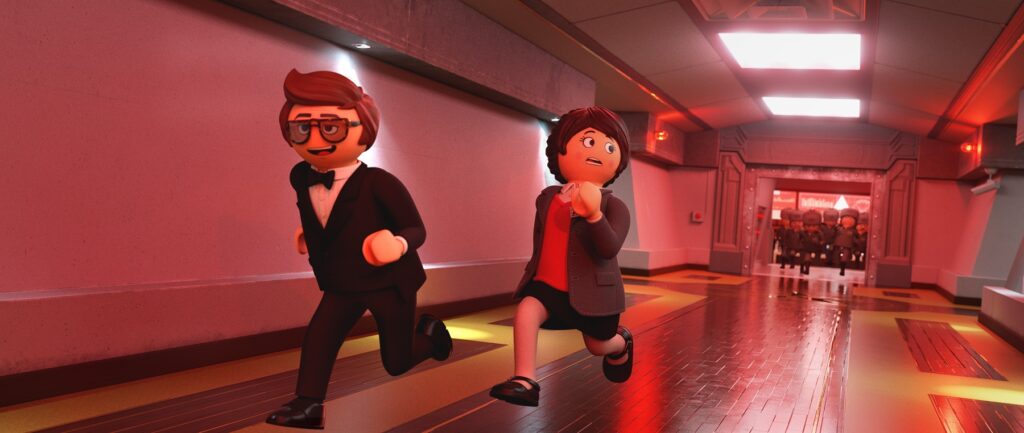
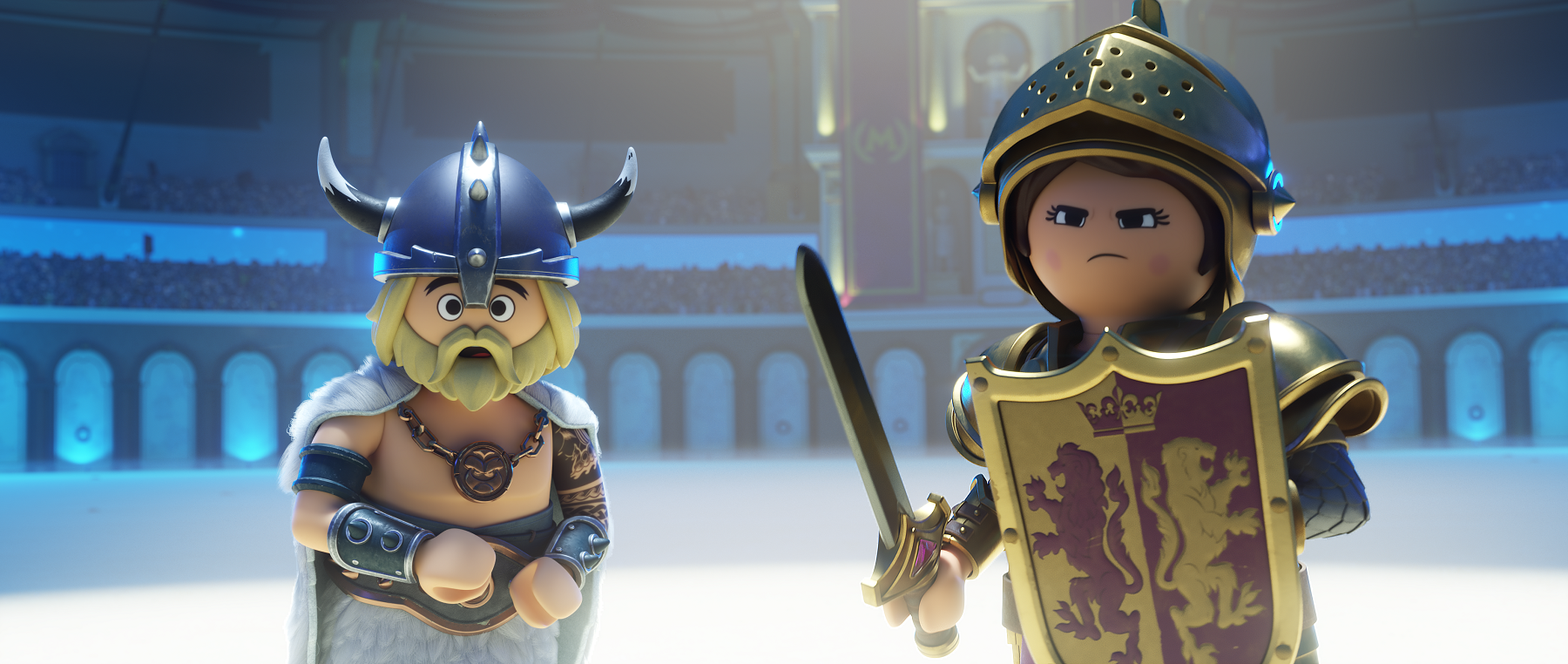
Vous avez eu l’occasion de travailler sur de très grosses productions parmi lesquelles Harry Potter, Minuscule ou encore Playmobil mais également sur des projets plus confidentiels et personnels. Qu’est-ce que cela change dans votre manière d’aborder un projet ? La pression que vous vous mettez est-elle proportionnelle à l’ampleur de la production ?
Toutes ces productions ne sont pas de la même dimension. Harry Potter et Playmobil sont de dimension industrielle, alors que Minuscule 2 par exemple est une production à la limite de l’artisanal. Pour mon job de TD, plus que des questions de pression, cela implique plus de rigueur et de fiabilité dans les outils. Pour Playmobil, l’objectif à été de lighter, rendre et compositer 1 500 shots en 3 mois avec une petite équipe de graphistes dont certains juniors qui n’avaient pas à connaître les finesses du pipeline et devaient se concentrer seulement sur leurs images. Ce qui change principalement, c’est aussi la façon de communiquer car la taille des équipes la conditionne énormément. Il n’y a pas de place pour les échanges flous qui ne laissent pas de traces. Les outils de suivi de production deviennent obligatoires, on échange
vite sans se voir et sans savoir si votre interlocuteur est en Inde ou à l’étage d’en dessous.
Sûrement que les superviseurs ne gèrent pas la pression de la même façon, cela n’a jamais été mon cas.
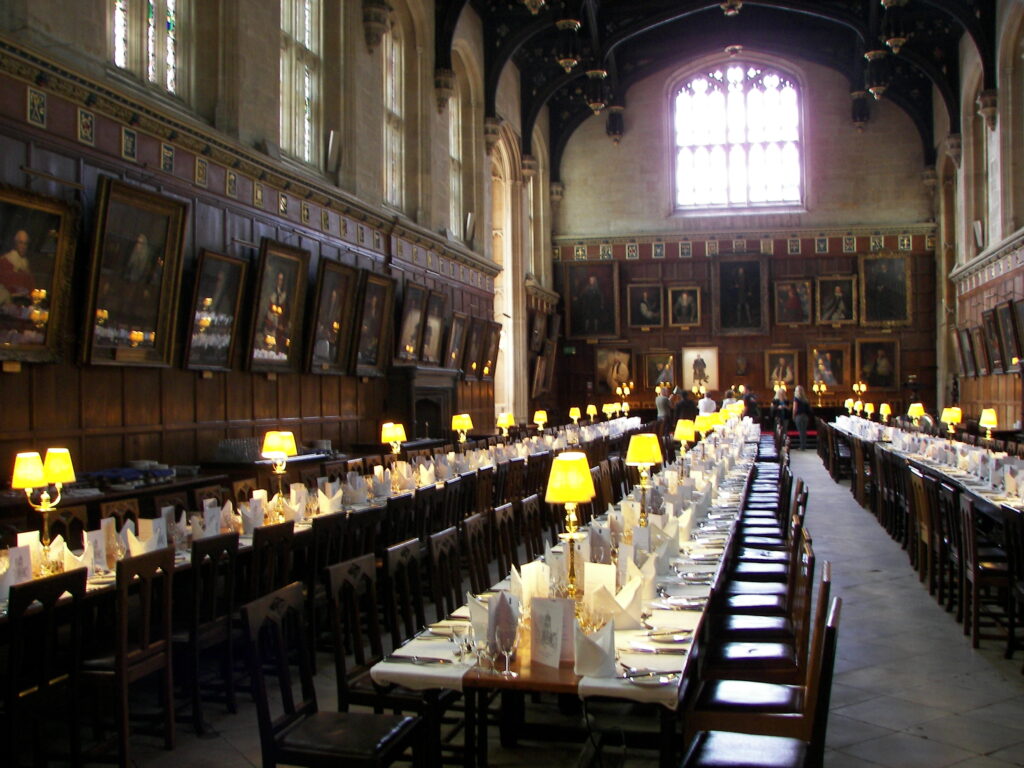
Diplômé en mécanique et électromagnétisme, expert hardware et notamment rendering, développeur python… et artiste. Est-ce que pour vous l’art et la science se nourrissent l’un et l’autre ?
J’ai été bercé par la citation de Robert A. Heinlein lors de ma première lecture de “Time Enough for Love”: ‘ Un être humain devrait savoir changer une couche-culotte, planifier une invasion, égorger un cochon, manoeuvrer un navire, concevoir un bâtiment, écrire un sonnet, faire un bilan comptable, monter un mur, réduire une fracture, soutenir un mourant, prendre des ordres, donner des ordres, coopérer, agir seul, résoudre des équations, analyser un nouveau problème, répandre de l’engrais, programmer un ordinateur, cuisiner un bon repas, se battre efficacement, et mourir bravement. La spécialisation, c’est bon pour les insectes. ” J’aimerais être cette projection, mais je n’arrive pas encore à lier la science à l’art et inversement. C’est sûrement pour cela que je me suis senti bien dans les VFX qui laissent moins de place à la création et plus à l’observation, je parle en particulier des effets invisibles tels que le restore ou l’extension de décors. Je dessine assez mal et pour le bien de l’humanité, je ne chante plus que seul dans ma voiture. Et j’ai l’impression que je me réfugie un peu trop dans la technique pour ne pas donner mon avis artistique, mais je me soigne. Tout près de nous, j’adore les travaux de Maa que je trouve être un beau mélange de science et d’art. Je suppose que les deux sont tellement complexes maintenant, qu’un Leonard De Vinci de 2020 n’aurait pas le temps d’une vie pour maîtriser l’un et l‘autre.
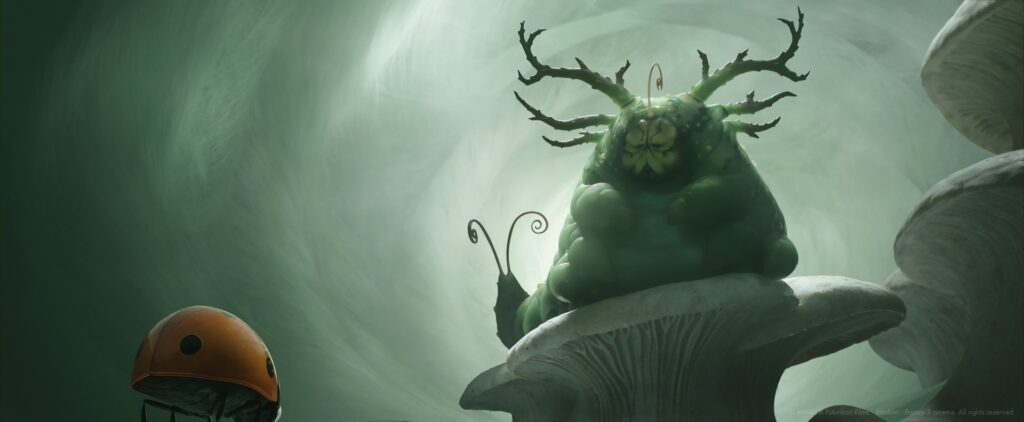
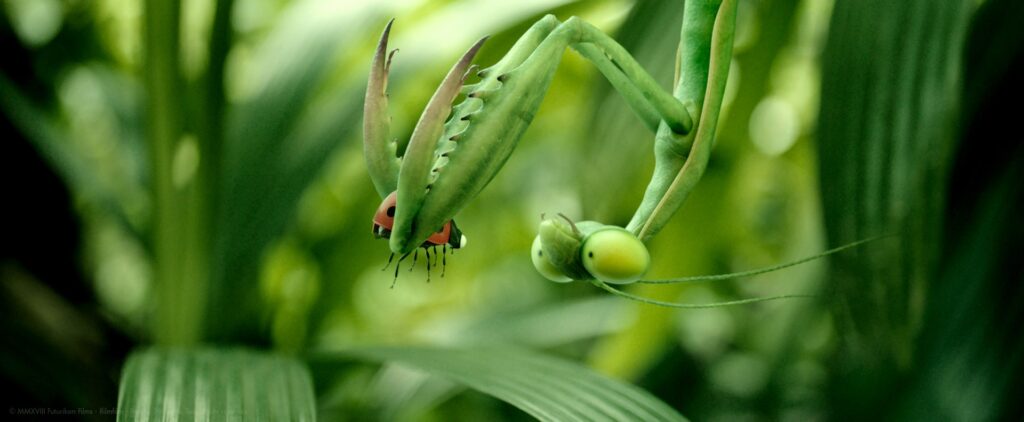
En presque 15 ans d’expertise dans la 3D, vous avez vu arriver de nouvelles technologies qui ont plus ou moins impacté la création et le rendu d’images. Quelles seront, selon vous, les prochaines évolutions majeures ?
Je ne suis pas très bon prophète même si des fois j’en ai un peu l’allure (barbe et cheveux) mais je suis très impressionné par les algorithmes d’IA, que ce soit les denoiser, mais aussi de nouveaux algorithmes de rotoscopie 2D que j’ai pu voir lors du Siggraph de cette année. Pour l’anecdote, chez Mercenaries Engineering, lors de nos différents tests du denoiser
d’Intel dans sa version 0.9 on avait comme bug de recréer une Global Illumination lorsque l’AOV n’en avait pas. Cela laisse la spéculation à de futures algorithmes de Global Illumination en IA. Je pense que nous sommes vraiment au début de l’aide à la fabrication et il va falloir faire plus de complexité avec moins de clics de souris. La génération procédurale de data fait
partie de ses enjeux majeurs dans la création de contenu à mon avis.
Mais je suis convaincu qu’avant tout cela, il y a une prise de conscience même pour les plus petits studios sur les sujets d’industrialisation, j’entends de plus en plus le mots “pipeline” et avec fierté je vois mes étudiants prendre à bras le corps ces sujets de montée en charge. Plus que le gap techno, c’est la maîtrise de la fabrication. Je crois vraiment que l’écart entre les plus gros et les plus petits est en train de se réduire.
J’allais oublier, à court terme, l’USD, je commence un peu à mettre le nez dedans, la technologie n’est pas révolutionnaire. J’ai même l’impression qu’elle est moins performante que beaucoup de solutions déjà existantes mais elle a le mérite d’uniformiser beaucoup de choses et de proposer des solutions d’assemblage plus accessibles. Et encore une fois de mettre à la portée des plus petits des outils similaires aux plus gros.



